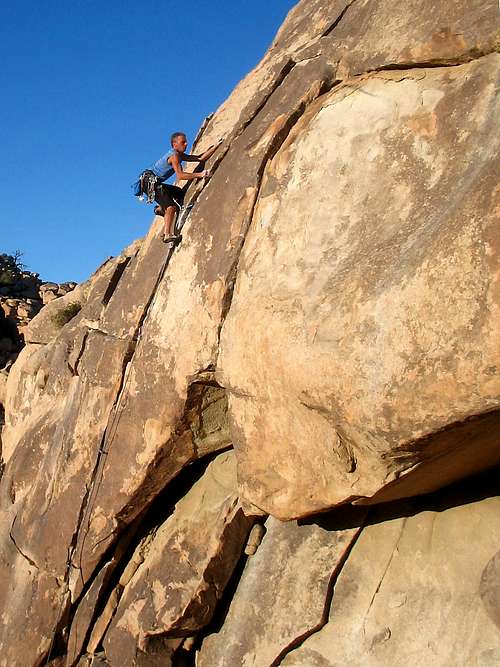Something will tear if it's over stretched or over loaded beyond what it's done before. I played International Badminton for 13 years, including across the US. It's the sport with the fastest pace and fastest smash (217mph). And at the same rock climbed and cycle raced.
http://fasthing.blogspot.com/2008/08/fa ... smash.html
http://www.youtube.com/watch?v=cIYbsGYT4m4&NR=1
With movements like those and without being rubber flexible, you'd snap in two.
Great improvement in strength comes with high flexibility as the muscle fibres are acting through their entire length. Joint strength, cartilage, ligaments are all strengthened too. Back strength can be enhanced by flexible stomach muscles.
I do basic Yoga stretching every morning and evening - especially hip / back rotations (lie on back and rotate hips), and hamstring stretches.
Quick test: Lie on the floor, on your side with lower leg z-bent for balance, then raise other leg in the air and hold your toes with corresponding arm. Leg don't straighten does it! Can you sit on the floor and get your forehead on your knees. Nope. Can you join hands behind your back with one hand over your shoulder and the other up from your waist. Nope. Then you aren't supple, you can injure more easily.
It's takes about 1 to 3 months to get fully supple. Essential to be flexible in both directions of all muscle groups. You will find incredible benefits. At 55, I'm more flexible than I've ever been and still smash the hell out of players half my age.


 is your man for some really intense instruction in this matter.
is your man for some really intense instruction in this matter.

